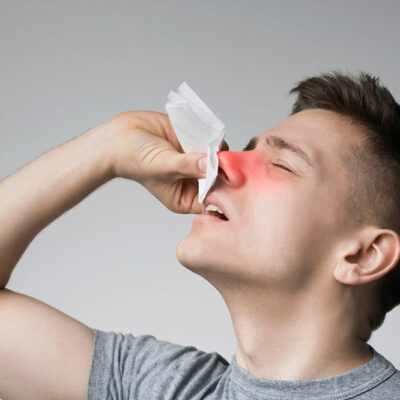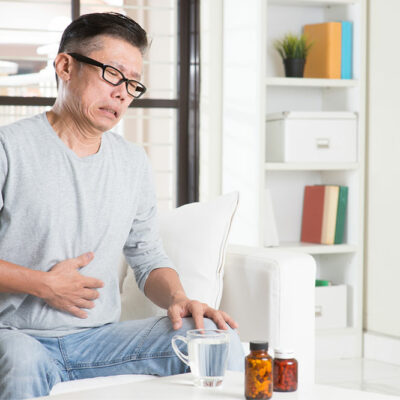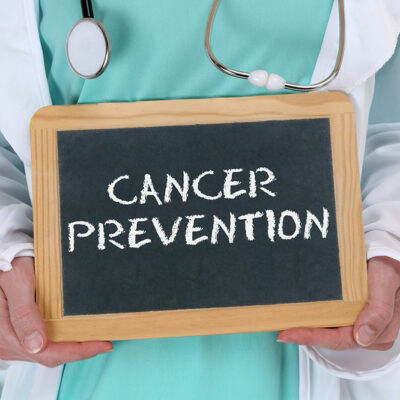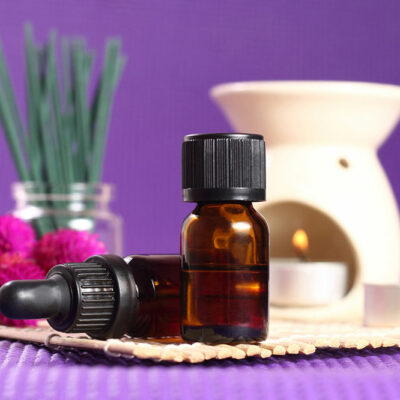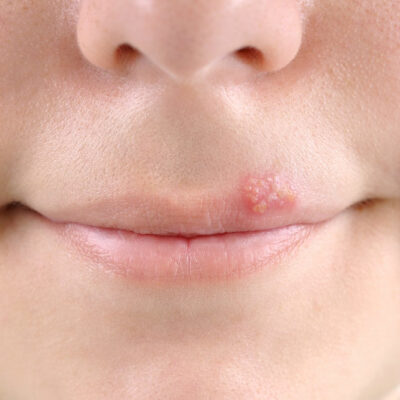
Health
Ovarian Cancer – Stages and Risk Factors
The cancerous developments in the female reproductive organs, i.e., ovaries, are referred to as ovarian cancer. At the initial stages, ovarian cancer does not showcase any symptoms; hence, it tends to go untreated for long. As a result of this, it silently spreads across the abdomen and pelvis. In this stage, the symptoms of ovarian cancer get difficult to treat. This article is an effort to introduce you to the various stages and risk factors of ovarian cancer. Ovarian cancer stages Your doctor or oncologist uses certain criteria to determine the progression and stages of ovarian cancer. 1. Stage I In this stage, the cancerous development is confined to the ovaries only. Stage IA: The growth of cancer occurs in one ovary. Stage IB: Cancer gets spread to both ovaries. Stage IC: The surrounding tissues of the ovary get infected, and the cancer-causing cells spread to the abdomen and pelvis. The surface of the ovaries also gets infected in this stage. A high-grade tumor starts developing and grows at a much faster rate. 2. Stage II During stage II, the development of cancer cells spreads to both the ovaries and the other pelvis areas. Stage IIA: The symptoms are found across the fallopian tube or in the uterus.
Read More 